What’s irrigation?
Irrigation is the practise of moving water from one area to another to compensate for lack of adequate rainfall. It is used on farms to water crops and maintain pastures for grazing animals, as well as in homes to water gardens and lawns.
However, the irrigation you use to water your home’s front lawn is very different to the irrigation a farmer uses to take care of his or her crops. Learn more about what goes into farm irrigation.
When was farm irrigation invented?
There is evidence of farm irrigation practised as far back as the 6th Century BC in the Middle East. These areas would have not had enough rainfall to support the crops they were able to produce without the help of irrigation.
Thousands of years ago, irrigation was engineered with carefully placed canals and relied on gravity to move the water. Many of today’s irrigation systems still work off this basic plan and feature canals that rely on gravity for power.
What types of irrigation do modern farms use?
Something farmers need to consider when planning their irrigation is how to use their water as efficiently as possible. Not enough water with result in dry, dead fields, while too much water can lead to pooling and soil erosion.
Farms use all sorts of methods to irrigate their fields. Depending on the size of the field, the climate and the terrain, different methods may be more appropriate than others. Here are a few common ways farms irrigate their land.
Surface Irrigation
Surface irrigation systems rely on gravity to move the water from one place to another. By using furrows and dykes to steer the water, controlled floods are unleashed on the land to water them. In cases in which gravity cannot bring water to every part of the land, pumps may be used or water can be carried by hand.
Seepage Irrigation
This form of irrigation gives water to plants from below. In areas where there is a high water table. Typically, these areas are in lowlands and marshy areas. This method requires raising the water table through a system of pumps and canals.
Sprinkler irrigation
Sprinkler irrigation describes irrigation in which the water is pumped through a series of pipes or hoses, and then sprayed over the land. Sprinklers can be mounted on moving devices or pivots to distribute the water evenly and avoid pooling.
Where does the wastewater come from?
Farm wastewater comes from all sorts of sources. These include natural lakes and rivers as well as man-made reservoirs and pond. Collected floodwater and treated wastewater can also be used to irrigate fields.
Article Source: http://EzineArticles.com/6223583
